Guest post by Kathleen Gallagher Cunningham and Agatha S. Hultquist.
Can one man’s personality overcome a legacy of violence and extreme fragmentation? NY Times reports on Maithripala Sirisena as a potential candidate to do just this in Sri Lanka with respect to Tamil resistance.
This optimistic approach centers on two dynamics. First, Mr. Sirisena is mild-mannered and inoffensive to pretty much everyone. His rhetoric centers on “convincing” rather than enforcing to bring people in line with his policy agenda. Indeed, it is worth noting that Sirisena is talking about devolution in the first place. During the course of the conflict between the Sinhalese and Tamils, the term became so politicized that it was akin to calling for a division of the country, rather than a division of power. The fact that devolution is now re-entering the mainstream political discourse in what seems to be a more positive light – and is being suggested by the president himself – is a promising sign.
The second dynamic highlighted by the Times article relates to the “coalition” that brought Sirisena to power. His broad based support is viewed as a tool that can help overcome the longstanding challenges of meaningfully accommodating the Tamils.
While this first dynamic might draw popular attention, it is the second that studies suggest matters most. One of the key challenges that limit the ability of states to accommodate minority demands is divisions within the state over these policies. Such accommodations often require policy change (which might include legislative action or even constitutional change in some cases) and entail real transfers of power away from the center.
It is not only the executive at the center that makes this decision. As the Sinhalese parties have demonstrated over the course of decades, institutions, power brokers, and societal preferences can all constrain the ability of state leaders to pursue accommodation as a solution to ethnic and nationalist challenges. The parties in power in Sri Lanka have time and again prevented one another from making any significant progress on peace with the Tamils.
In the past, efforts by the Sinhalese government to accommodate Tamil demands were derailed by fellow Sinhalese parties that engaged in ethnic outbidding. For example, the People’s Alliance’s attempt at constitutional reforms in 2000 was thwarted in parliament by the Sinhalese United National Party (UNP) (one MP actually set the bill on fire in protest). To what extent can Tamils trust that the Sri Lanka Freedom Party’s (SLFP) Sirisena, who crossed party lines to form a two-year national unity government with Ranil Wickremesinghe’s UNP, will now deliver on promises of peace or real policy change? Especially since Sirisena’s SLFP party is facing internal turmoil between pro-Sirisena members and those who support the former party leader and president, Mahinda Rajapaksa (who has continued to play the ethnic card), and nearly split earlier this year.
One promising trend is that the Janatha Vimukthi Peramuna party (JVP), which vehemently opposed any concessions to the Tamils in the past, seems to have changed its tune. In the last parliamentary election, it tried to set itself apart from the SLFP and UNP as a third party contender and steered away from playing the ethnic card. The JVP was expected to win big in the 2015 parliamentary elections, but it decidedly did not. The consensus seems to be that their loss was due to strategic voting – some voters may have liked the JVP on policy issues, but they preferred keeping Rajapaksa out of power. In an interview with Hultquist, a JVP member of parliament indicated the party was shifting its strategy away from a pro-Sinhalese nationalist stance (as it did during the height of government negotiations with the Liberation Tigers of Tamil Eelam (LTTE) to gain Sinhalese voters) to more inclusive multi-ethnic politics. However, the JVP has seen a steady decline in the number of seats it holds in parliament, and to remain competitive in a two-party system that’s dominated by the SLFP and UNP, it needs to expand its voter base. It’s possible this former spoiler is now willing to work with Sirisena, Wickremesinghe, and the Tamils in devolving power. However, the extent to which the party can effectively reposition remains to be seen.
Tamil leadership is also an issue in assessing what role Sirisena can have. Historically, the Tamils have been fragmented as a movement, and such fragmentation often opens the door to civil conflict and violence within the group that stymies lasting political change. Since the end of the civil war in 2009, the Tamil National Alliance (TNA) has emerged as the primary representative of the Tamil community, at least in parliament. It swept the predominantly Tamil northern and eastern provinces in the 2015 parliamentary elections. In September of last year, the TNA’s leader, Rajavarothiam Sampanthan, was named the main opposition leader in parliament. This is the first time since 1983 that this position has been held by a Tamil politician.
However, the party may be facing a leadership struggle when Sampanthan, who is 82, retires. In addition, some have questioned whether the TNA adequately represents all Tamils. In an interview with Hultquist, one Tamil political activist noted the lack of representativeness of low-caste Tamils within the TNA. Over the past few years, some new parties, like the Tamil National People’s Front and the Democratic Tamil United Front, have emerged to challenge the TNA on the grounds that it doesn’t adequately represent the Tamils, although these parties remain on the fringes in terms of support. Most recently, the Tamil People’s Council, a non-political organization that includes TNA members and other Tamil politicians, has emerged on the scene. At this time, the relative unity of the Tamils under the TNA is promising. Whether this unity will be challenged by changes within the TNA or calls for new Tamil leadership, however, is uncertain.
Is Sri Lanka a case of ethnic outbidding on the decline? Both Tamils and Sinhalese fared worse under Rajapaksa’s increasingly authoritarian regime (this is what brought the coalition supporting Sirisena together in the first place), so perhaps national interests trumped ethnic interests for the interim. This is what the NYT article is getting at. But whether this means a real change in Sri Lankan politics, and whether Sirisena will become Sri Lanka’s Mandela, remains to be seen.
Kathleen Gallagher Cunningham is an Associate Professor at the University of Maryland and author of “Inside the Politics of Self-determination” (Oxford 2014). Agatha S. Hultquist is a Ph.D. candidate at the University of Maryland. Her dissertation examines the effect of fragmentation within ethnic minority and majority groups on ethnic conflict and cooperation.

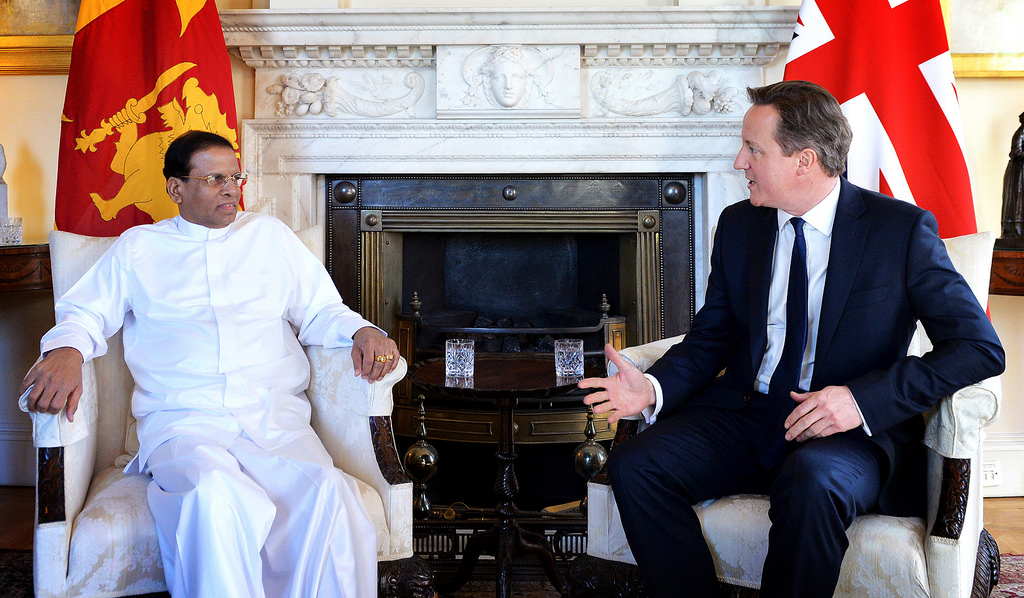
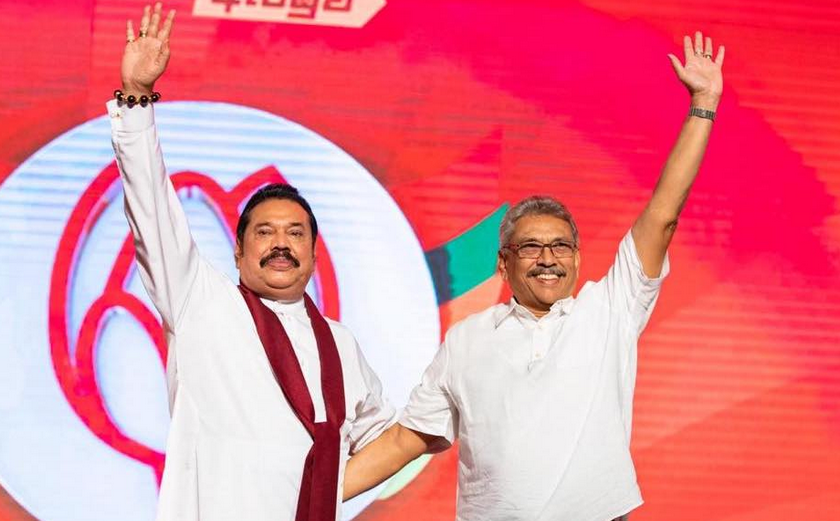

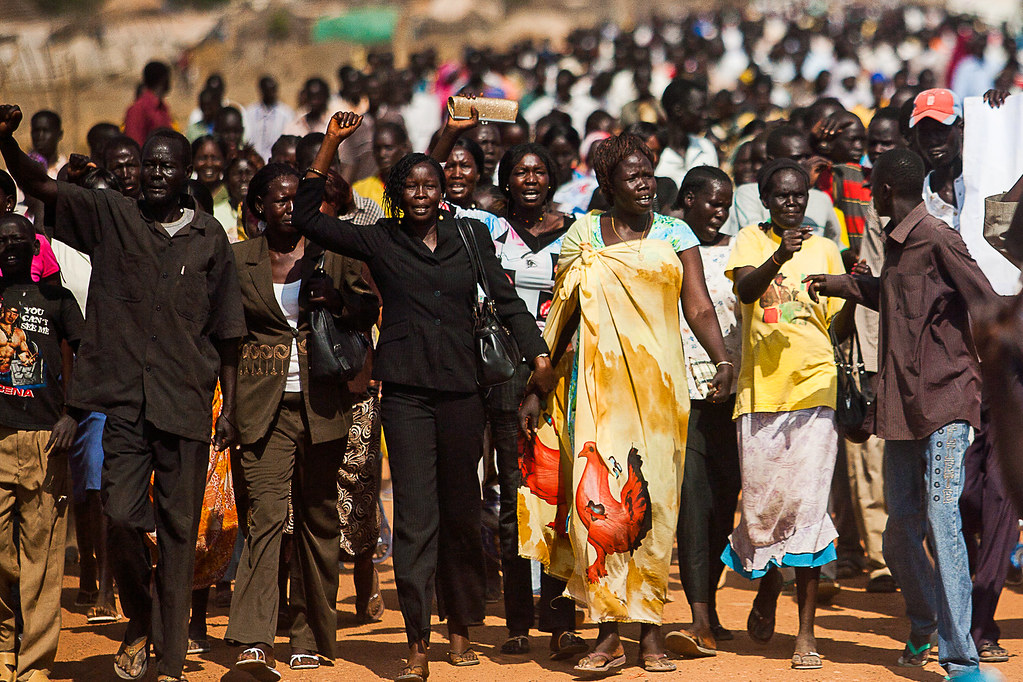

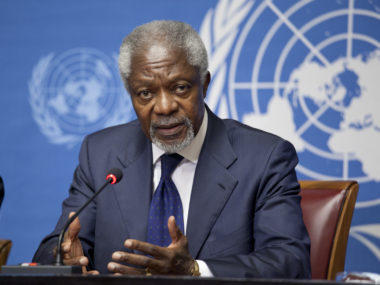
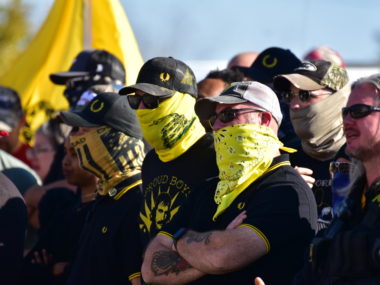
6 comments
912a4YWNamaste: The 2015 Sri Lankan Presidential election: How it happened? What it means for Sri Lanka? What it means for Indian Empire (Indian Union & its colonies)?
How it happened? Another Indian job. The former President called an early election. The Indian imperialists (Indian Union) were ready to correct its mistake in 2005 when it backed Mahinda Rajapaksa over Ranil Wickramasinge. Then, Indian imperialists advised Indian block vote in the island to abstain from voting. The reason for the preference was Indian imperialists thought it will be easier to negotiate with Mahinda an unknown matter for India. When profiling Mahinda they did not take in to account his brothers, in particular Gotabaya who was in the US at that time. Unfortunately for India, Mahinda did not follow Indian directions as former Sri Lankan leaders did since 1956. In 2010 India enrolled General Sarath Fonseka as a presidential candidate against Mahinda and failed. So behind the scene as Indian imperialist always do they were planning for years and had got former governor Chandrika Bandaranayake-Kumaranatunge to do the job and succeeded with doing a repeat of what India did with her father Solomon West Ridgeway Dias Bandaranayake in 1951. India did not have to wait for four year this time. India managed to divide the non-Indian vote and got the Indian block vote for Maithripala Sirisena the new governor of Sri Lanka who may be the proxy for the real governor Chandrika.
What it means for Sri Lanka? Nothing much. It will be the same as what the island nation had from 1956 to 2005 and before from 1792 to 1948. The Indian minority will run the country with the privileges they enjoyed since their arrival under the cover of the British fire power and their own nonviolent aggression and oppression. They will claim they are the victims of Majority Chauvinists; the same claim that they make in other colonies from Fiji to Guyana. For example; finance and justice; most important ingredients in the world and heads of these two institutions in the island now are from the victimized minority and one of them has been brought from another colony.
What it means for the Indian Empire? It means a lot to the Indian Empire. The former partner of the British-Indian Empire from Fiji to Guyana that is all former tropical colonies of the British-Indian Empire. India lost its control over the island nation since 2005 as the new government of the island nation managed to wipe out the Indian terrorist arm; trained, armed, financed, managed and branded Tamil !Tigers by India. Since the election of the new governor Indian cars and food have become cheaper with reduced tax on Indian products. Indian Imperialists have already indicated massive investments and projects in all sectors of the economy. This will not be a hard act as the island nation’s economy has been in their hands for more than two centuries and the business language in the country is an Indian language spoken by more than 75 million of them in India. The wealthiest in the island are Indian though their wealth is not stored in the island but most of it in India. Reclaiming the control over the island nation will supplement its control over the Indian Ocean and Indian Ocean countries. With its unchallenged military power; with ICBMs, Aircraft Carriers, Nuke Subs, Nuke (Peace) bombs and purchase of hundred billion dollars’ worth of military hardware the island nation provides the best step with Mauritius a third State of India to lay a drag line across the Indian Ocean.
Jai Hind. Contact: xyceliao@gmail.com